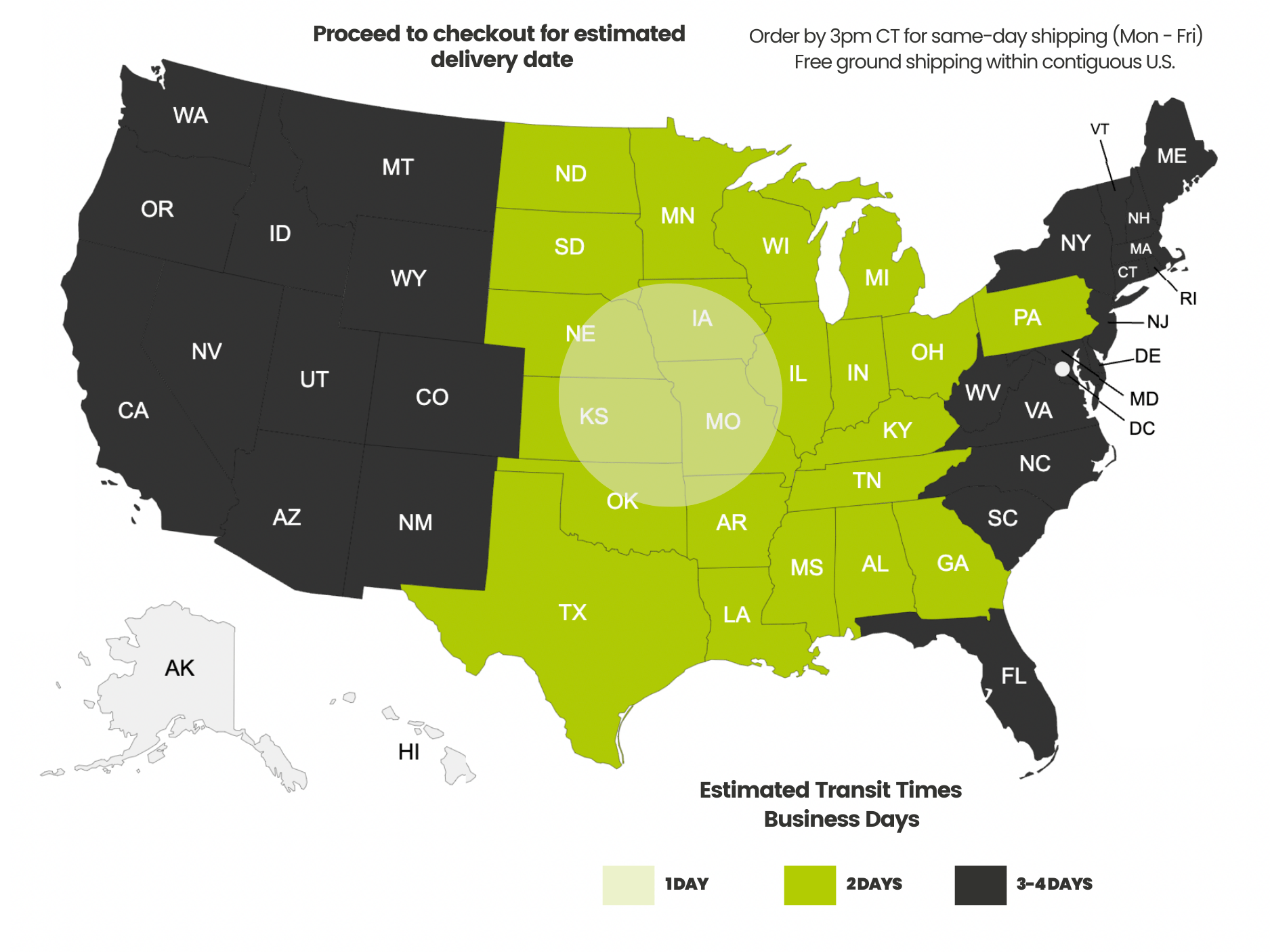Payment methods accepted

What is an RJ45 Connector?
RJ45, modular plug, 8P8C, end, connector... these terms are used interchangeably. These all describe the piece attached to the end of an Ethernet cable that plugs into your TV, computer, router, etc.
What’s interesting is the confusion surrounding this unassuming little part. The very name can generate confusion.
The correct way to refer to the common “RJ45 plug” is 8P8C RJ45 Ethernet connector. This long name truly nails it down. The 8P8C means eight position / eight conductor. It refers to a type of modular plug normally used at the end of Ethernet patch cables, and when attached at the end of an Ethernet cable it is called a RJ45 8P8C plug. RJ stands for registered jack while the “45” refers to the listing number. For more on what a “patch” cable is see What is an Ethernet Patch Cable?
What does this little connector actually do and how does it work? Let’s unravel the mystery and unplug some myths and get to the reality of the matter.
Spoiler Alert!
The RJ45 connector/plug/end, or whatever you wish to call it, is essentially a piece of plastic with eight golden contacts inside. It is not a “Cat” anything. “Now just hold on Don!” you may say. Does this mean that a Cat6 cable plug is not really Cat6? Yup, that is what I am saying. This leads to even more confusion, which we will also clear up.
Here is one style of RJ45 connector:


Would you like to see how one of these plugs is terminated? Take a look at How To: Terminate an Unshielded Pass Through RJ45 Connector.
Does one size fit all?
Definitely not. You did not think you would get that lucky did you? RJ45 connectors are dimensionally the same on the outside (they have to be, to fit into any standard RJ45 port) but inside is where the biggest differences can be found. How do you know which one to get? You have to be in the know about Selecting the Correct Connector.
Suffice it to say that, there are only loose standards around how to manufacture an Ethernet cable. They vary in jacket thickness, copper conductor (AWG) gauge, and most importantly the insulated conductor thickness (copper plus insulation). This means you need to know what will fit inside the plug and how big the cable is. You do not need to know, technically speaking, what Category you are working with.
WHAT?!
Some of you probably think I have finally flipped my lid (true, but that is yet another blog). Category 5e, 6, and 6A is not a factor you take into consideration. Why? The plug is just a little piece of plastic with eight golden contacts. It is not Category rated sitting there in your box or bag. It is only Category rated AFTER it is terminated to an Ethernet cable. The plug is part of the system.
The big misconception is that because a manufacturer stamped “Cat6” on the bag that it must be for all Cat6 Ethernet cables. Wrong. Have you ever tried to put a plug onto a cable that you were sure would work? (Hey, it said Cat6 on the bag!) And it just would not fit. The plug manufacturer is trying to make buying easy for you, and when they put a Category on the package it is their best guess of your likely cable dimensions. This would work out well if the manufacturer of the plug also made the cable, but that is rarely the case.
But wait! There is more...
Adding to the confusion is the difference between “2 prong” and “3 prong” connectors. Reference back to the first plug picture above, where the golden contact pin is pointed out. See the three prongs at the bottom? Those prongs “bite” into the individual conductors when you terminate the cable. Two prong plugs have one less “tooth” to bite with.
The difference is this:
- Two prong connectors are suitable for stranded-copper Ethernet cable
- Three prong connectors are suitable for solid-copper conductor Ethernet cables
Read more about why there are different kinds in Solid VS Stranded Ethernet Cable.
The long and short of it is,the plastic plug you attached onto your cable is nothing more than a cleverly designed mechanical attachment. There are no computer chips inside.
Are all plugs pass-through? Are they all plastic on the outside?
Now, after reading this far into the blog you know the answer will be a firm no.
Here is what a shielded RJ45 plug, with external ground, no strain latch, and a load bar looks like:

What is interesting about this plug is that it will also connect right into any standard RJ45 port. However, the way you work with it and the size of cable it accepts could not be more different. This one requires a special crimp/termination tool, and it is meant to be used with shielded Ethernet cable. For more on how to actually terminate one of these beasts see How To: Terminate a Shielded Cat6/Cat6A Standard Load Bar RJ45 Connector With External Ground.
So there you have it! All about the simple, ho-hum RJ45 connector plug. Not quite as simple and ho-hum as people may think! Knowing is half the battle, and hopefully you will get a chance to terminate some of these connectors yourself. There is no substitute for “hands-on” experience.
HAPPY NETWORKING!
trueCABLE presents the information on our website, including the “Cable Academy” blog and live chat support, as a service to our customers and other visitors to our website subject to our website terms and conditions. While the information on this website is about data networking and electrical issues, it is not professional advice and any reliance on such material is at your own risk.


































